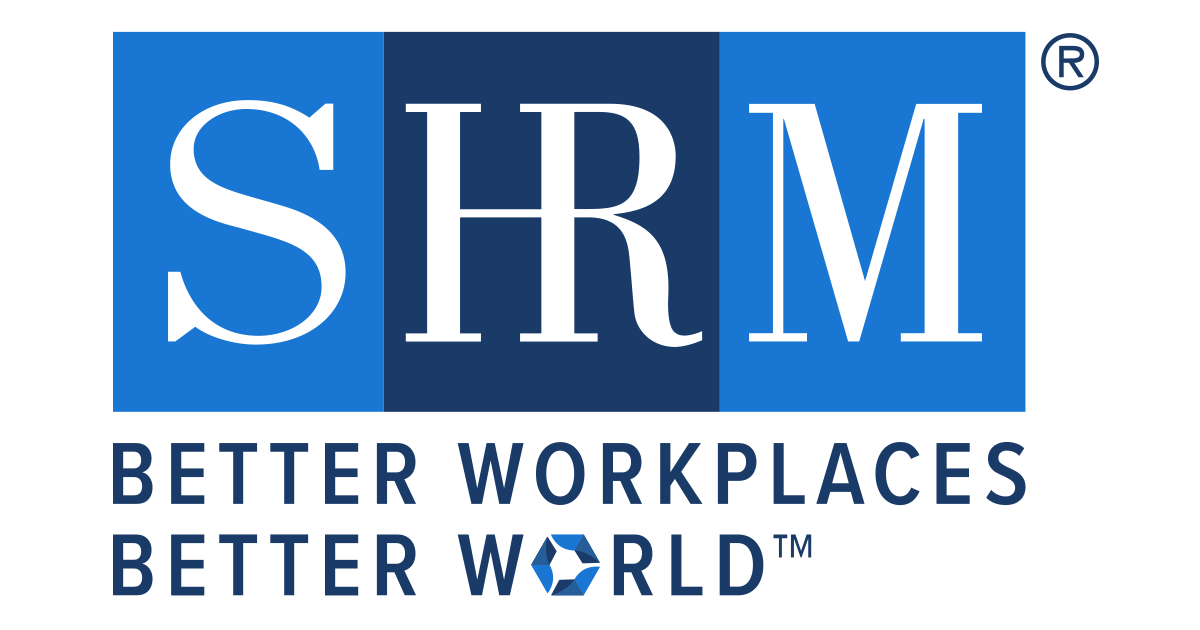How to Reduce Employee Turnover

Picture this…
You just spent months trying to fill an open position your company has. You find a candidate you believe will get the job done. You extend an offer, they accept, and they start work.
Much to your dismay, they unexpectedly leave the company a few months later.
And now you’re doomed to repeat the process. Again.
What is Turnover?
This, my friends, is what we call turnover. Employee turnover is the number of employees who leave your company within a specified period. Within turnover, there are two different types – voluntary and involuntary.
Voluntary turnover is when an employee decides to leave their employer at their own will, whatever the reason may be. Involuntary turnover is when the employer decides to terminate the employee.
And for the educational purposes of this blog, turnover is not to get confused with attrition. Though they have similar meanings, attrition is the loss of an employee without intent to refill the position.
What are the Reasons for Turnover?
There are a lot of reasons for turnover, both voluntary and involuntary.
SHRM research surveyed employees and found that these were some of the top reasons for turnover:
- Inadequate compensation
- Lack of career development and advancement
- Lack of workplace flexibility
- Unsustainable work expectations
- Uncaring or uninspiring leaders
Why is Turnover Important?
Besides the fact that it’s a pain in the behind, turnover hurts your business.
Immediately when a position is left empty, the job responsibilities of that position fall onto other employees. This makes for an increased workload and can greatly reduce productivity. Should the workload become too much to bear before the position is refilled, this could cause other employees to leave your organization.
Not only does it affect productivity, but turnover can also really hurt your pockets. On average, a vacant position can cost a company over $100 a day. SHRM estimates it takes 42 days to fill the average position. This number could greatly increase depending on how hard this position is to fill. And these are just the costs of the position staying open.
Then comes costs associated with recruitment, hiring, and onboarding the new employee. According to Indeed, most employers can expect to spend between $4,000 and $20,000 to hire a new employee – salary and benefits not included.
And all of these numbers are just for one vacancy, in one position – now multiply that by however many open positions you may have. Expensive right?
How Can I Reduce Turnover?
Though some turnover is unpreventable, employee turnover companies encounter can be avoided, usually with two simple words – employee engagement.
Employee engagement is an employee's emotional commitment to the organization and its goals. Like a lot of things, employee engagement falls on a spectrum – engaged, not engaged, and actively disengaged.
Engaged employees are important because they are motivated by and care about the work they do – and aren’t as likely to leave the organization. These employees put their best effort forwards and do what they can to help propel the company toward success and achieving its goals.
When employees are disengaged, they aren’t motivated and do not show much care or concern for the work they do. They can be lazy, unenthusiastic, and display negative attitudes toward their workplace. While they may still be doing their job, it’s oftentimes just the bare minimum. These are the employees that can cost your company money, whether they stay and decrease productivity or decide to leave the organization altogether.
Research conducted by Gallup found that US companies lose between $450 to $550 billion a year due to disengaged employees. On the other hand, businesses that rank in the top quartile of employee engagement are likely to see a 21% increase in profitability.
Your employees are the foundation of your company, and your success depends on them. Not only can they affect the work environment and productivity, but they can also greatly affect your profits too.
While decreasing turnover should be on your to-do list, you shouldn’t aim to just get employees to stay – your goal should be to create an environment where they truly want to be. Your focus should be on creating a work experience that enables and empowers them, proving why your organization is the best place to be.
Because we believe this a very important topic, we want to dive in deep! Check back next week for part two where we discuss more about employee engagement and how to make that happen for your organization!








